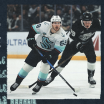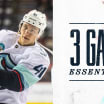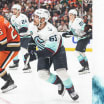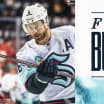As we head into May, which starts Friday, the uncertain completion of the NHL regular season and playoffs continues to be explored at the league level and debated by media and fans. Everyone agrees: Any resumption of the chase for Stanley Cup will adhere to all safety measures for players, coaches and relevant staff while honoring the public health edicts of local authorities in potential NHL rinks and practice for play.
Drop the Puck on Analytics
From an upcoming Twitter livestream to best books (and movie) to accessible website, here is your 'Hockey Analytics Starter Kit'



















